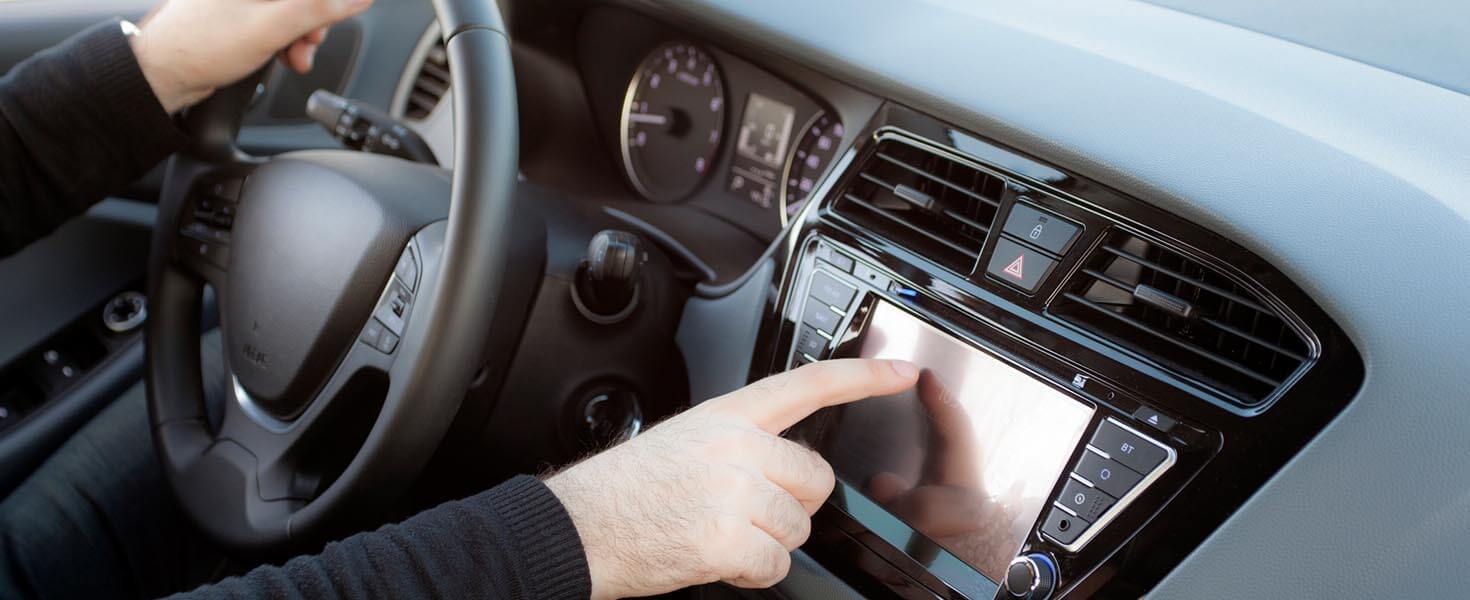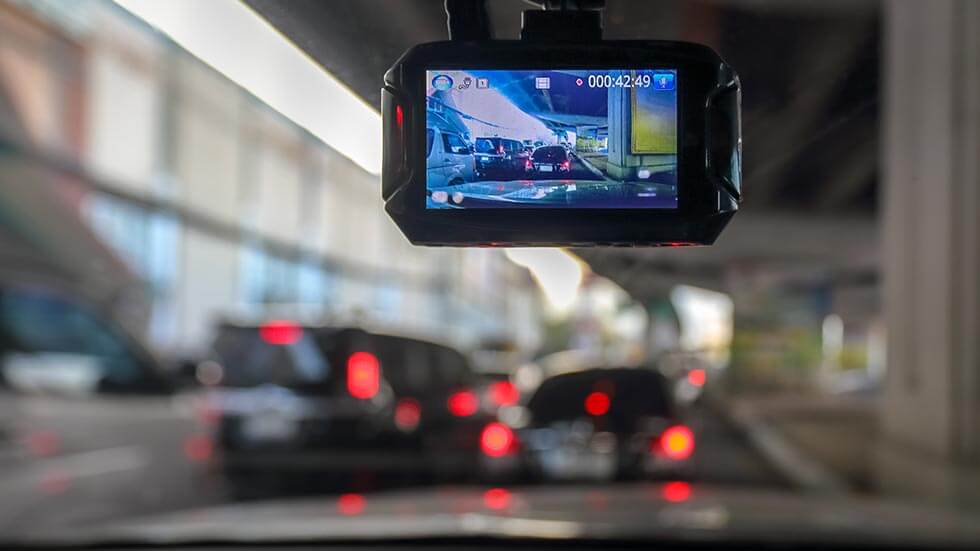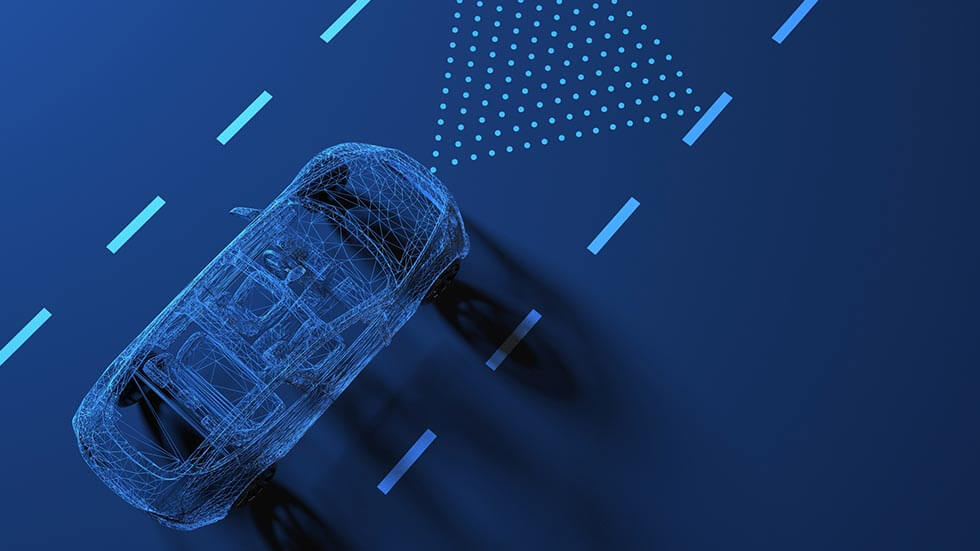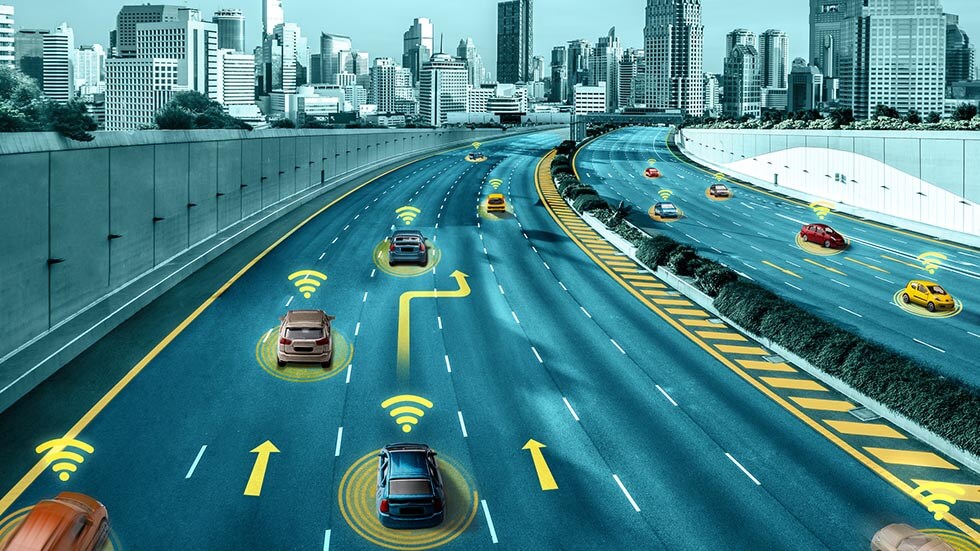THE NEW CAR FEATURES OF THE FUTURE
IMPROVING YOUR OVERALL EXPERIENCE BEHIND THE WHEEL


Few areas of consumer technology development are as swift and prominent as those in the automotive industry. From Artificial Intelligence (AI) features like self-parking and autonomous driving to simple advancements like in-seat air conditioners or heated steering wheels, the list of luxury features is ever expanding and rapidly growing. In this article, we’ll visit a few of the known and some lesser-known technological advancements as well as the makes and models of vehicles where they can be found.
ADAPTIVE CRUISE CONTROL
While cruise control has been around since the 1940’s, allowing drivers to set their speed and remove their foot from the accelerator, one of the more recent developments is Adaptive Cruise Control. Using the cameras and sensors that now come standard on many vehicles, drivers can set their speed and their vehicle will adapt, matching speed with the car in front. Many drivers find this feature particularly beneficial on long road trips. Makers like Toyota, Honda, BMW, and more offer this feature as a bonus on many of their models.

360 DEGREE CAMERAS
Although rear cameras are now mandated on new makes and models in the U.S., many modern vehicles include a top-down, 360-degree camera view to assist drivers. This feature allows drivers to see all four corners of their vehicle simultaneously, helping them avoid objects and pedestrians more effectively. Most prominent manufacturers offer this feature in one form or another on many of their models.

TURN SIGNAL CAMERAS
These convenient additions give drivers the use of cameras and lane-change sensors to project a behind-the-car view onto the center console screen when using turn signals. This feature allows drivers to change lanes more safely. Vehicles like the Hyundai Sonata, Subaru Legacy, Toyota Tacoma, and others offer this feature.
STEERING ASSISTANCE
Lane assistance is a feature becoming widely available on a range of vehicles. When enabled, lane assistance can help drivers keep the vehicle centered in lane with a soft tone and the application of small-automatic steering inputs. Not only does this help avoid collisions, but it helps keep drivers’ attention focused on the task of actively driving.

APPLE CARPLAY/ANDROID AUTO
Most people depend on mobile devices for the management of their daily lives. Plug-and-play products like Apple CarPlay and Android Auto allow drivers to integrate their mobile devices into the onboard systems of their vehicles, giving them seamless access to music, phone calls, and more.
AUTOMOTIVE NIGHT VISION
Manufacturers like Volkswagen, Toyota, Audi, and Honda offer models equipped with advanced night-vision technology. Using a range of sensors, vehicles can help drivers see in low-light conditions, projecting an image of the road ahead onto HUDs. The two types of systems available are “Active” and “Passive”. Active systems use infrared light in the vehicle to illuminate the road while Passive systems capture thermal radiation, giving them greater range.
HEADS UP DISPLAYS (HUDS)
HUDs are becoming more commonplace by the year, and for good reason. By projecting critical vehicle information onto the windshield in the driver’s field of vision, this futuristic feature allows drivers to view critical vehicle information without taking their eyes off the road. Most manufacturers offer this feature and there are also plug-and-play solutions drivers can use to project on their own windshields.

DROWSINESS DETECTION
Drowsy driving kills hundreds of drivers each year and now several manufacturers like Audi, Volvo, and Mercedes offer systems designed to detect and prevent drowsy driving. Using sensors to evaluate things like steering angle, lane deviation, and even road conditions, these systems can sound alarms to alert drivers in the event they begin to drift off behind the wheel. Future systems may even go so far as to monitor heartrate patterns to detect drowsiness even earlier.
AUTONOMOUS DRIVING
Perhaps no other automotive feature has been so touted or talked about in the last decade. With many manufacturers working to develop fully autonomous solutions, today’s vehicles come with a range of partially autonomous features. Manufacturers like Tesla have vehicles that can scan a parking lot for empty spots, assist in parking the vehicle, and even take over control of the gas and brake during traffic jams.
As technology develops at a rapid pace in the automotive industry, the good news for consumers is that not all of it is wildly expensive or only available from limited manufacturers. Whether your budget is large or small, there are plenty of plug-and-play solutions for your vehicle that can enhance driving safety as well as improve your overall experience behind the wheel.
